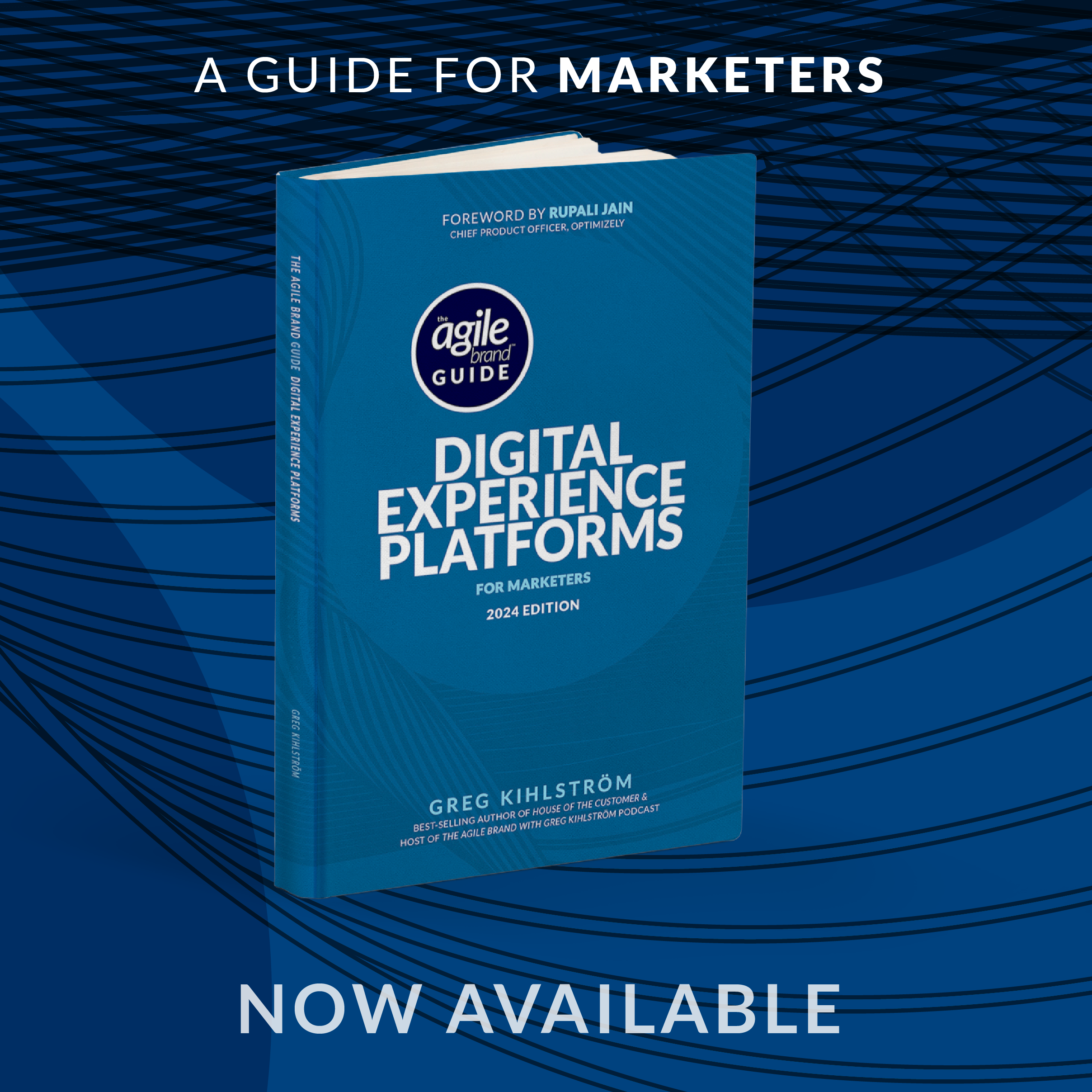This article was based on the interview with Aytekin Tank, Founder & CEO of JotForm by Greg Kihlström, Marketing Technology and AI keynote speaker for The Agile Brand with Greg Kihlström podcast. Listen to the original episode here:
In enterprise customer experience, the holy grail has always been this: quick resolution, high satisfaction, low cost, and—if you’re feeling ambitious—some level of humanity. But achieving that elusive balance has historically required uncomfortable trade-offs: 24/7 responsiveness meant hiring an army of support agents or disappointing customers with a clunky chatbot that offers little more than a link to the FAQ.
Aytekin Tank, founder and CEO of JotForm, sees things differently. “Forms are boring,” he says plainly. And he’s right. But instead of leaving it at that, Tank’s team asked a deeper question during an internal hackathon: what if the forms filled themselves out? That question was the unlikely spark that eventually led to the creation of JotForm AI Agents—not another chatbot, but what Tank describes as a full-service support solution that leverages agentic AI to combine automation with reasoning, decision-making, and API-level integrations
Pivoting to the Real Problem: Support, Not Just Forms
The initial concept of AI-powered form-filling didn’t stay in its lane for long. Once released in beta, the team noticed that most users weren’t actually using it for form completion. Instead, they were turning to it for support interactions.
“Only a number of users were actually really using it for forms,” Tank explains. “We thought maybe we need to pivot this as a customer service product”.
This wasn’t just a product-market fit epiphany; it was a window into a broader truth about customer expectations. People don’t want to be rerouted, rebuffed, or redirected. They want answers. And they want them now.
By refocusing the product as a support tool, JotForm was able to build something far more robust than a FAQ helper. Their AI agents weren’t just regurgitating help articles—they were diagnosing problems, checking delivery statuses, and confirming outcomes through API calls. As Tank puts it: “The AI agent would actually use the API tool to make a connection and query that email address… In the past, our support team would do that manually”.
Scaling with Intelligence (Not Just Scripts)
Initial performance was shaky. The AI launched with a 25% resolution rate—respectable by early AI standards, but still requiring too much human intervention. Rather than abandon ship or overpromise magic, the team took the patient route: daily human reviews of every single AI conversation. Twenty support team members were redeployed as “AI overseers,” a title that feels lifted from sci-fi but reflects a very modern reality.
Through this human-in-the-loop strategy, JotForm improved both the AI’s reasoning and the underlying support content. “Many of the things our support team knows on their mind… are not actually visible on the user guides,” Tank admits. So they systematically began upgrading the documentation, feeding the AI new tools, and incorporating retrieval-augmented generation (RAG) techniques to reference past support tickets and external sites.
This blend of human oversight and technical rigor drove results. Within months, resolution rates climbed to 75% and continue to improve—though Tank acknowledges diminishing returns as “low-hanging fruits are already solved.” Still, that 75% represents thousands of customers getting near-instant support every day, without needing to wait in line for a human to wake up or check their queue.
Human Support, Elevated—Not Replaced
One of the strongest takeaways from Tank’s experience is that this isn’t about replacing humans. It’s about reprioritizing them.
“Our support people… instead of answering the same questions—‘I forgot my password,’ ‘I didn’t receive my form submission’—they are actually able to spend more time on more difficult questions and give better answers,” says Tank. “We are able to utilize the live chat more”
It’s the exact opposite of the dystopian narrative that AI will deskill and displace. In JotForm’s case, humans have been elevated from tactical responders to quality reviewers, knowledge engineers, and live escalation experts. And the results speak for themselves: faster response times (down from 90 to 45 minutes), improved customer satisfaction, and more empowered employees.
This model of AI-human collaboration isn’t theoretical—it’s operational. And it’s redefining the cost and capability curve of support services.
Why They’re “Agents,” Not Chatbots
Tank is emphatic that the distinction matters. “There’s a reason we didn’t call our product a chatbot… The AI is not just giving answers. It should use tools, make decisions. That’s why we called it JotForm AI Agents”
Indeed, these agents don’t just sit atop a static knowledge base. They take appointments, fill out forms, verify email delivery, and search for product-specific answers across internal systems and the broader web. This action-oriented functionality is what allows them to operate more like digital employees than digital assistants.
It’s also what allows users to trust the system—because trust is built not on branding or UX alone, but on actual utility. And when the AI doesn’t have the answer? It escalates—smoothly.
What Marketing Leaders Should Take From This
If you’re leading a marketing function today, odds are your team is already stretched thin between personalization initiatives, analytics demands, and channel proliferation. The last thing you need is an influx of support requests rerouted from failed chatbots or overwhelmed service teams.
Agentic AI isn’t just an opportunity for support—it’s a playbook for customer experience more broadly. When your AI can act (not just respond), and your humans are freed up to operate at a strategic level rather than a reactive one, you gain something rare: scalable intimacy.
From a marketing perspective, this opens new doors:
- You can provide 24/7 product guidance at scale.
- You can personalize based on live customer data in support flows.
- You can build loyalty not just through campaigns, but through consistently exceptional interactions.
Tank’s approach also highlights a culture shift that marketers should be tracking closely: AI as co-pilot, not replacement. The organizations that win with generative and agentic AI will be the ones that use it to lift their people, not offload them.
Final Thoughts
Agentic AI isn’t about having a smarter bot—it’s about rethinking what it means to serve, support, and scale. By transforming routine form-filling into dynamic customer resolution, JotForm has created a blueprint for how AI can augment—not eclipse—the human workforce.
As Tank puts it: “Wherever I look—marketing, growth, development—people are using AI and they are much more productive… Instead of wasting their time doing these manual boring stuff, they’re able to give those to AI and spend more time on things that actually make a difference”for-social-media-conten….
That’s not just a productivity boost. That’s a strategic shift.
And for marketers aiming to build connected, responsive, and human-centered brands, it’s a shift worth paying attention to.e. Don’t confuse constraints with limitations. And never forget—your buyer is a human first.









